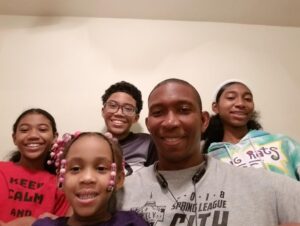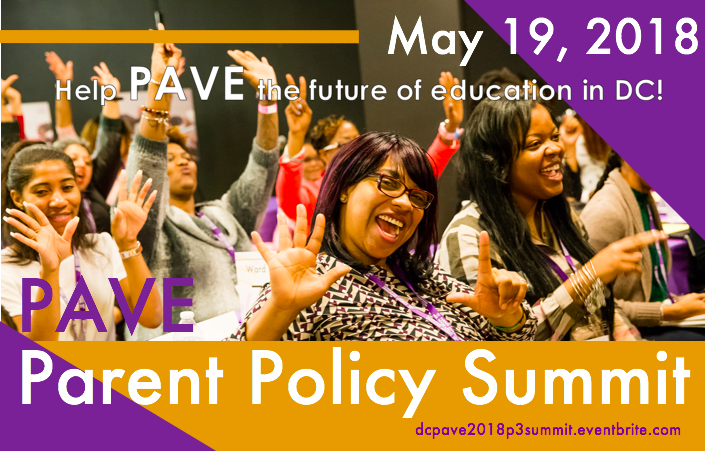
My children’s schooling has always been one of my top priorities, and I work hard to build a rapport with their teachers each new year by visiting their Washington, D.C., schools regularly. Forging those relationships is no small task for my family: I co-parent my four children, in grades high school down to prekindergarten, with their mothers, and I work full-time helping families through DC’s Child and Family Services Agency.
With all four of my kids learning at home, I’m doing all of that relationship building with their teachers virtually, just like they are. I pay close attention to their lessons and drop into their classes occasionally to chat with their teachers. I also attend all of their schools’ virtual parent events and have regular phone check-ins with their teachers. I am doing my best, but it’s a challenge because teachers are stretched to the breaking point, much like parents — many of them with their own children learning from home, too.
As we navigate a new, uncertain, and ever-changing time, there are four things that all schools and families can work on together to make this year successful, no matter whether students are learning at home or at school.
-
- First, parents need clear communication. As a parent, I want to hear from teachers about their virtual learning expectations for students and how all their lessons connect. If I know what the big picture is for each subject for each of my children, I can better support them during home learning.
- Second, schools can lean on parents to fill the gaps. While all parents and guardians are working through different situations — some working from home, some still reporting to work, and some facing unemployment — we still want to help our children learn. We know teachers are doing their best during virtual learning, so that’s why parents need access to all lesson plans, curriculum, online materials and other resources so that we can fill any gaps that arise.
- Third, we need data on how our children are doing and plans to address any learning gaps. Understandably, many standardized tests were canceled, but parents still need some kind of assessment of where our children are academically based on current lesson plans and learning standards. Parents and guardians need information so that we can work with teachers to address any learning gaps. A good way to start that is by using interim assessments throughout the year.
- Finally, families must work to develop consistent daily routines. It took us a while, but my family settled into a new learn-from-home routine: I get up at 6 a.m. to have some quiet time to myself before my older kids—Kayla, 16, a high school junior; DaSean Jr., 13, an eighth-grader; and Kaia, 12, a seventh-grader—all wake up, eat breakfast and log into their classes for the day in their bedrooms. My youngest, DaMirah, 4, signs on to her pre-kindergarten class from our dining room table, sitting across from me as I do my own work. I check in on the older kids a few times throughout the day to make sure they are engaged with their classes, reminding them to pay attention to their teachers and stay off their mobile phones. At night, we have dinner as a family and then head to the park or on a walk because most of their after-school clubs and teams like football and dance class have been canceled. The weeks when my kids live with their mothers, I call and email with them daily, as well as check in with their teachers regularly. And sometimes our still-new routine gets disrupted, as it did recently when my kids stayed at my home for several weeks in a row last fall because their mother was diagnosed with COVID-19.
There is a lot of anxiety for parents and students alike right now. This pandemic has turned the world upside down in many ways for every family, and mine is no different. But we’re navigating this school year with a focus on developing teacher relationships, continuing consistent daily routines, and focusing on sustaining and building friendships and connection.
By DaSean Jones, Citywide Board member and Ward 8 PLE Board member

